Qara Kelisa, the feast of St Thaddeus of the Armenians in the oldest church in the world (photos)
Located in northwestern Iran, on the border with Azerbaijan and Turkey, the monastery was built, according to tradition, in 68 AD after the martyrdom of the Apostle of Christ. Hundreds of Armenians from Iran and Armenia gather each July to baptise their children, as well as eat and sing together.
Maku (AsiaNews/Agencies) – Hundreds of Assyrians, Armenians and Catholics from Iran and other countries are expected to travel to the monastery of Saint Thaddeus (also called Qara Kelisa) to honour the saint’s memory and celebrate for a few days in late July.
The place of worship is one of the oldest surviving Christian monuments and is located in Iran’s West Azerbaijan Province, some 20 kilometres form Maku, near the border with Azerbaijan and Turkey.
According to tradition, Qara Kelisa is the first church built in the world, by Saint Thaddeus the Apostle during his visit to Armenia and the Persian Empire (45 AD).
The saint converted King Abgar V of Edessa, but in the 66 AD, his son, Ananum, sentenced him to death. Sandokht, daughter of the king converted to Christianity, was martyred along with Thaddeus. According to legend, the church was dedicated to the saint in 68 AD.
Every year, in the second half of July, the local Church organises special events to commemorate the death of Saint Thaddeus and his fellow Christians.
The festivity is especially important for Armenians living in Iran. For a whole week, people from cities such as Tabriz, Urmia, Tehran, Isfahan and Qazvin, converge on Qara Kelisa, in groups and families.
The rituals include the baptism of children and youngsters, who can wait in some cases up to the age of 20 before receiving the chrism in the oldest church in the world with solemn promises.
For many Armenians, the festival is also an opportunity to take a holiday and visit distant relatives. Near the church, feasts and banquets are held with traditional songs and dances.
The church consists of two parts: a black structure (the original structure was black, and Qara means black in Turkish), and a white structure, the main church, which was added to the original building’s western wing in 1810.
Not much appears to remain of the original church, which was extensively rebuilt in 1329 after an earthquake damaged the structure.
Nevertheless, some of the parts surrounding the altar apse date from the 10th century. A great part of the church was destroyed in the year 1230 during the attack of Genghis Khan.





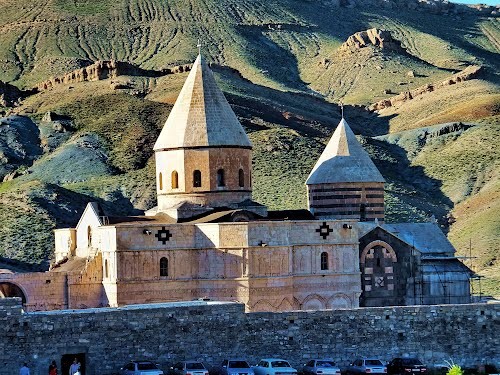


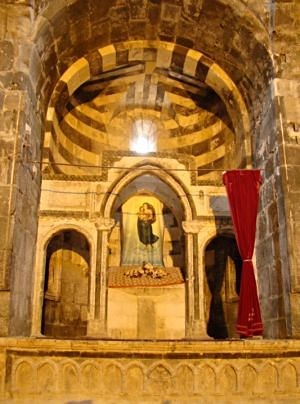
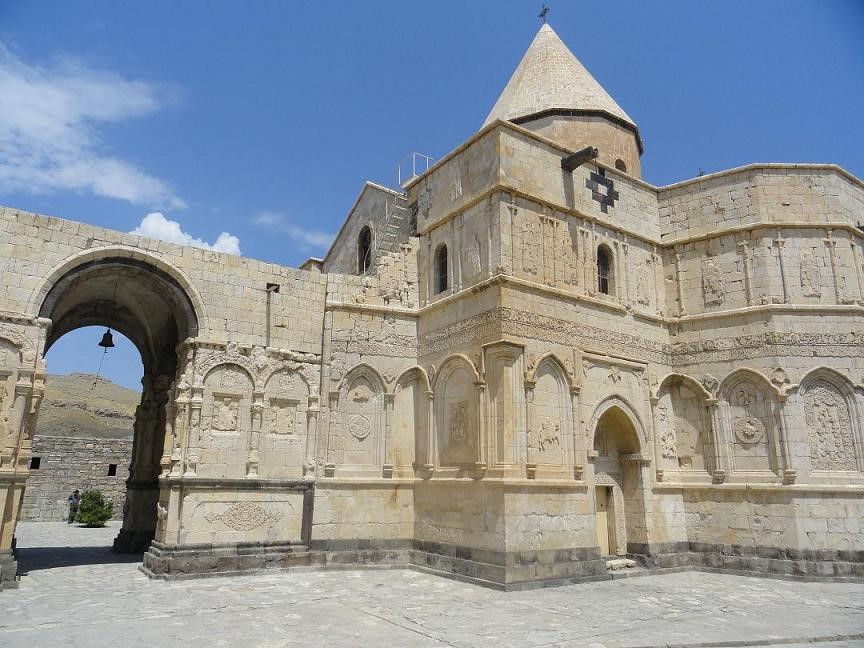
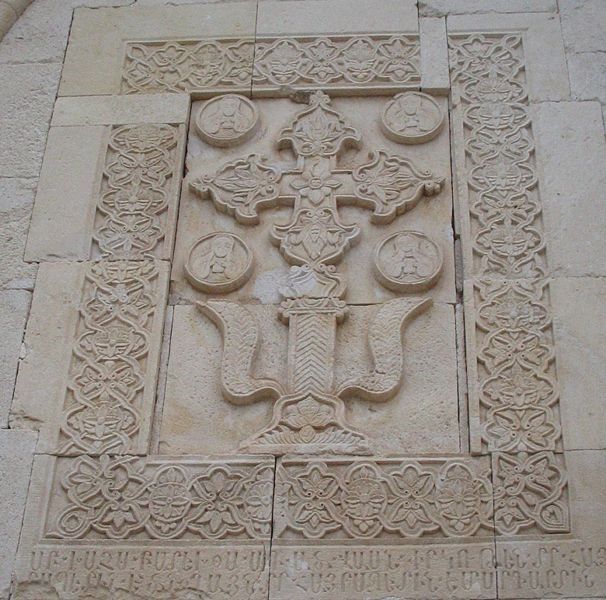
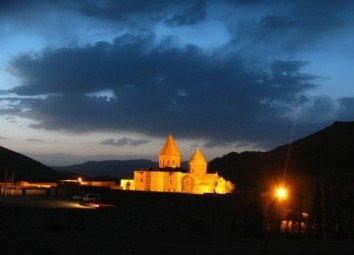

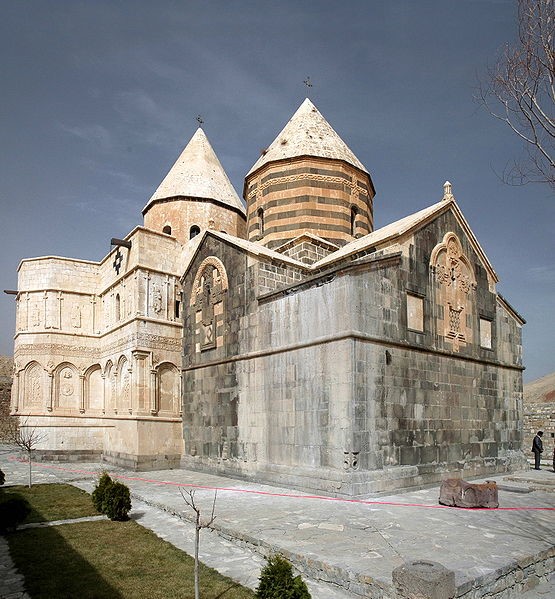
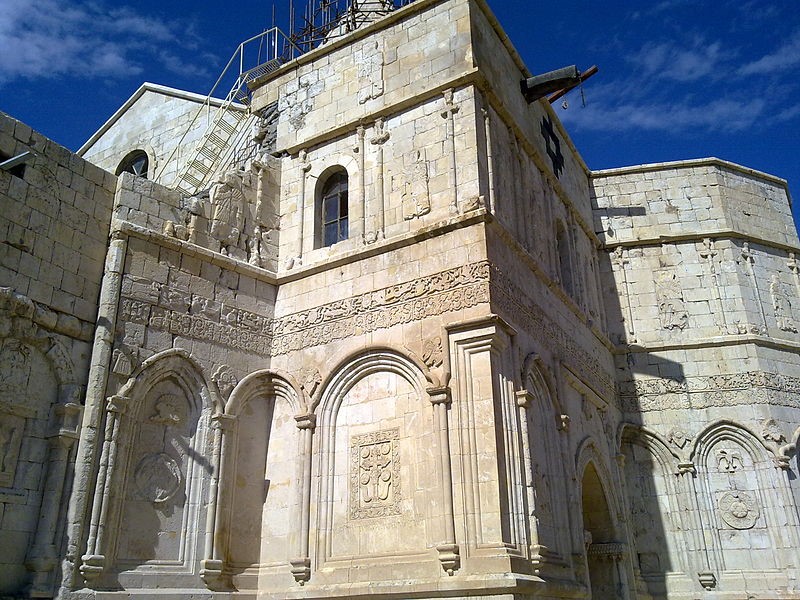
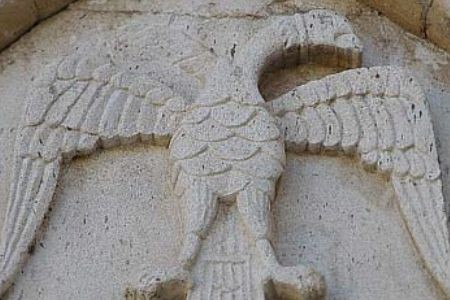
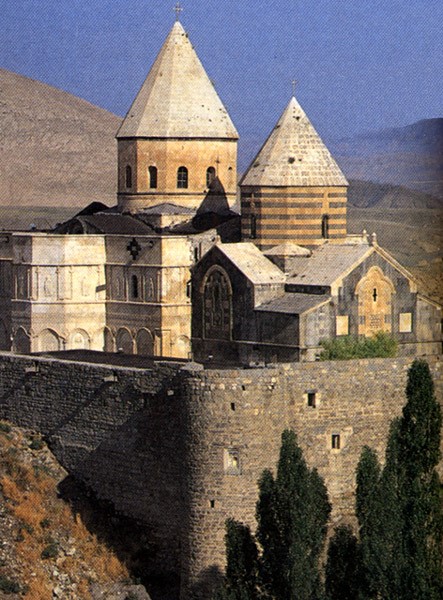

.png)










